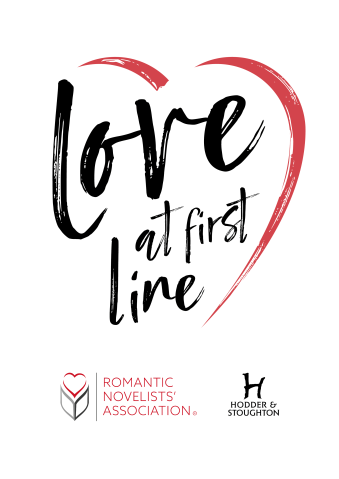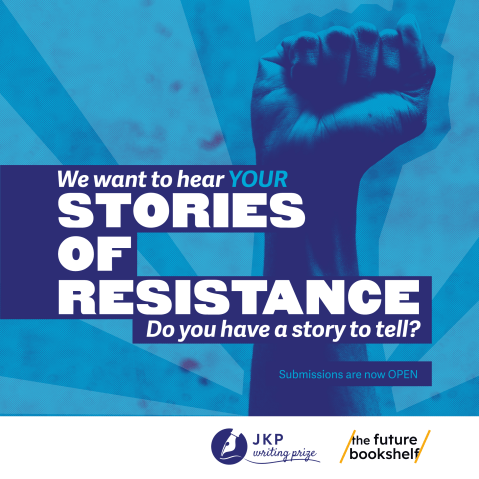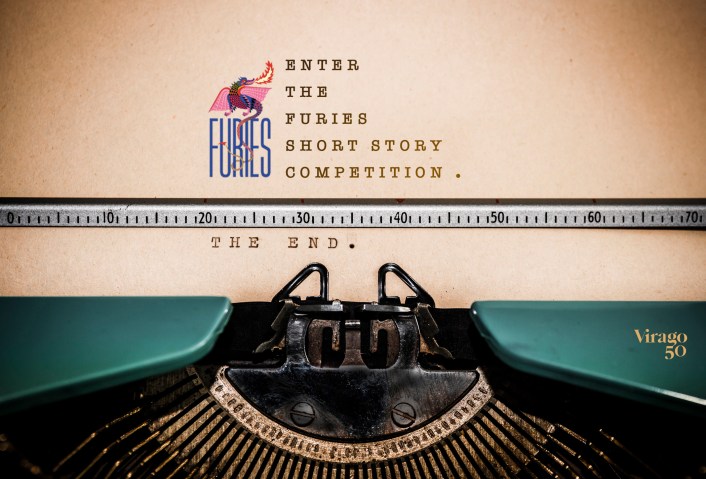On writing Marlow’s Landing

How debut writer Toby Vieira channeled his inner Joseph Conrad and came up with Marlow’s Landing.

I knew I had to do something about it from the moment I set foot in that forest. Paint it; write a musical about it; or write a story. I can’t really paint; I never understood music; but I suppose everyone thinks they can tell a story.
There was no story, at the beginning. Just a flavour, an impression. A very muddy river; a tree or two, stretching across half a continent; a few huts. And the animals, watching and waiting. You never see them; they never come out, never put on the kind of grand display you’d see on Planet Earth, but you can feel them; and that was fundamental to the sense of place. That was it really: a sense of place. Everything grew out of that.
There was a character who just seemed to belong in the forest I pictured. A fat cacique, a boss of something or other, spending his day in a hammock while his minions brought home the bacon. By the time the initial doodlings had evolved into something approaching a story, the fat cacique had mutated into something very old and sleek and lethal, and acquired a very big and scary cat, as well as an army of minions in tattered robes who’d sit in the trees with machetes and bottles of rum, and when they came raining down, it was time to run. Why? Whyever not? It’s all about place, and the boss and his minions seemed to give the forest more depth.
You have the place, then, the atmospherics, and the ambient fauna. You don’t have a story, yet. A story needs contrast and tension. So you take your forest and release into it the most exotic creature under the equator. Not Korzeniow’s olingo (though it does put in an appearance, much, much later, for good measure), but an accountant from Hull. I don’t actually know if he’s from Hull. But he knows that if his bosses – solid law-abiding businessmen who don’t want a scandal – find out that he’s up to all manner of hanky-panky in the jungle, he’ll be back on the ferryboat to Hull the next morning.
So now you have your character, how do you make him or her credible? It’s my agent, Nemonie Craven, who laid down some crucial pointers when I was on the early drafts: you don’t need a massive backstory for a character to come alive. You just need to drop a few hints. Or hint at an obsession or two. My accountant’s obsession is cars. If he wants riches beyond belief, and the biggest pink stone in the world, it’s so he can pull up outside the posh golf club he’ll never be a member of in a Corvette, or a Cayman. Or better still, a vintage Pagoda. And he’s got a thing about birds: years of having had to sit it out in clammy hides with his twitcher dad have put him off birds for life. But still he knows a thing or two about feathers, and in the jungle, that has its uses (at least for the author, who happens to like birds).
So much for character. Back to plot. All I had to go on was a hunch that somehow Marlow’s Landing would echo some of the themes of Heart of Darkness. How could it not, with those basic ingredients: river, forest, illicit riches, Africa. Heart of Darkness certainly spawned the other main character in the book, Goldhaven, and it drenched everything (I like to imagine) in vaguely Conradian hues. But it didn’t really help with plot.
There’s no recipe here, I think. Perhaps they teach you how to do plot in writing school, but I never went to writing school. Reading certainly helps. Lots of it; or more importantly: reading outside one’s comfort zone, one’s usual circle of favourites. I’m rediscovering Graham Greene, and it’s not for the prose (which is luminously crisp and simple), but for the plotting. Right, you think, that’s how it’s done.
For a long time, I blundered my way through successive drafts just as the accountant blundered his way up the river. If reading and re-reading the masters (for want of a more modern word) is helpful in coming to grips with plot, a perceptive extra pair of eyes or two is even better – in the case of Marlow’s Landing, again, Nemonie, my agent, and my publisher, Mark Richards, who recalled some simple but effective truths: cut out fancy sub-plots. Don’t populate the book with legions of interesting but confusing vignettes. Leave the pirouettes to Pynchon (he does them better anyway). Leave the magic and the mystery to Murakami (he can get away with it, because he happens to be a magician; I’m not).
At the end of the day, though, you’re alone with your story, and your characters. There’s no magical plot machine. You read about writers who churn out a steady 2,000 words a day in a regular nine to five (or seven to three, or whatever), and you think: yeah, whatever. I’m with those who say: when you’re stuck (as you will be), go and make yourself another cup of tea. And then another. Go jog up and down the Spanish Steps. Go climb a volcano. Go surfing. Go walk the dog. And then make yourself another cup of tea. Get a bit of distance. Zoom out.
And then you come back down from the volcano, and things have clicked and fallen into place, and you’ve figured out that your accountant from Hull needs to meet a dog on page 63, and you’re all set. You’re not, though, really: there’s always doubt, and you’re always fretting over this detail and that, until the book is out, and beyond. And that’s all right. Unless you’re the sort of writer who does 2,000 words between 7 and 3 and then goes to the country club for a dry Martini and a round on the links. But I rather doubt you exist, if you’re that sort of writer.

Marlow’s Landing is available online and in all good bookstores.





